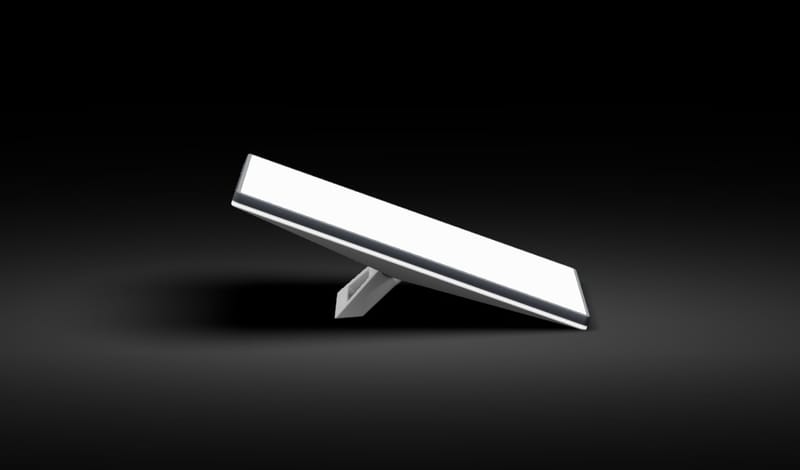Indian spacecraft makes a historic landing on the moon

The moon has always captivated humanity as the closest celestial neighbour, making it a primary target for space exploration.
Since the first lunar mission in 1958, about 140 missions (including only 70 successful and partially successful missions) have been sent to the moon, encompassing various objectives such as flybys, impact probes, orbiters, landers, rovers, and crewed missions, according to NASA.
However, despite these efforts, only three nations—namely the United States, the former Soviet Union, and China—have achieved the milestone of landing a spacecraft on the lunar surface, but none has ventured near the lunar south pole. Notably, only the U.S. has ever sent humans to the moon in its Apollo missions.
Now, India with a plan to establish itself as a formidable contender in space exploration has successfully landed the Chandrayaan-3 spacecraft, becoming the first country ever to land on the moon's south pole, just days after a Russian attempt ended in a crash.
But this isn't the first time that India would be making an attempt to land a spacecraft near the south pole of the moon. In 2019, the Chandrayaan-2 failed in its mission after the mission managers lost contact with the lander—seconds before touchdown—just 2 kilometres from the moon's surface.
Following today's landing, NASA and the UK Space Agency both congratulated the Indian Space Research Organisation after overseeing the successful landing of the Chandrayaan-3 mission on the south pole of the moon.
In a post on X, formerly Twitter, the UK Space Agency said: "History made." It then added: "Congratulations to the Indian Space Research Organisation."
Built on a budget of just under $75 million, Chandrayaan-3 which means “moon vehicle” in Sanskrit is designed to deploy a lander and rover near the moon’s south pole where it will traverse the moon's surface for about 2 weeks (roughly 14 Earth days).
This mission commenced nearly six weeks ago on July 14 when the Indian Space Research Organisation (ISRO) launched its 43.5-meter tall LVM3-M4 rocket from the Satish Dhawan Space Centre. After entering an elongated elliptical Earth orbit, the propulsion module underwent multiple orbit-raising manoeuvres before transitioning into lunar orbit on August 5.
On August 17, the spacecraft's lander, named Vikram, detached from its propulsion module—the LVM3-M4 rocket—and successfully entered lunar orbit. This achievement set the stage for today's touchdown attempt near the moon's south pole.






